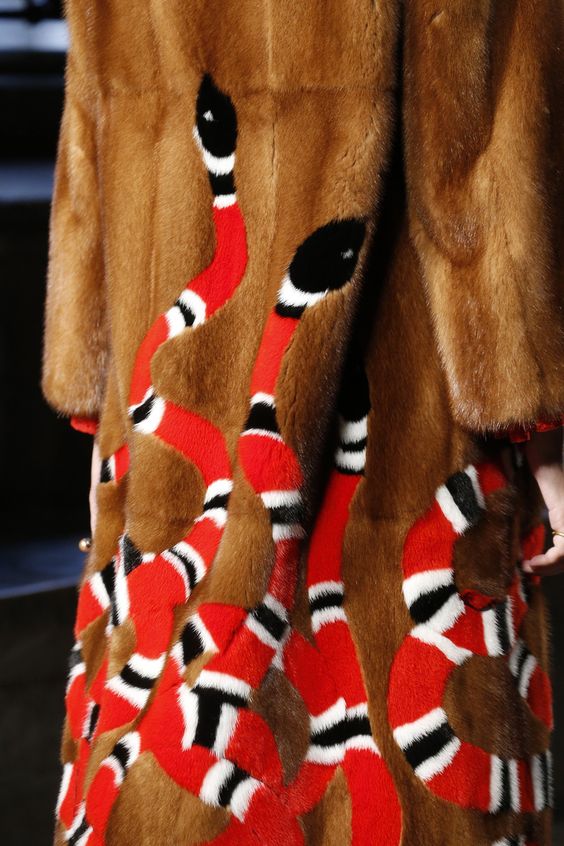On October 12th, the fashion world woke up to huge news: Gucci announced they are going fur-free. The chief executive’s own words were “It’s not modern, it’s a little outdated”. So how did Gucci take this huge U-turn and decided to leave their infamous fur-lined loafers behind?

The fur discussion in the fashion world has been present for years. Gucci is not the first to sign up to Fur Free Alliance; Calvin Klein, Ralph Lauren, Armani are all fur free brands. However there is no doubt that Gucci’s surprising action will have some effects on their sales regarding the fact that their best selling models all contain fur. The topic of fur is much more complicated than trends and sales. The question of ethics comes up more often on fur than any material used in fashion. In the past 40 years, fur has been criticized and protested many times and people are aware of the consequences of wearing fur. This fact may result a surprising change in Gucci’s sales this year. The new generation, aka millenials, are more ethically minded than previous generations; their values may change the fashion game completely.

So, soon will fur be gone for good? As an animal activist myself, this is a question I think about all the time. With fashion getting faster and faster and consumption increasing every year, there should be a more modern and less cruel way to get the same look. Technological processes open the way for faux fur. Now it can be produced in the same softness as the real ones and there are new development in this sector every year, such as faux fur being made of recycled plastics and even pineapples! The increase in the demand for faux fur is a worldwide trend. China, the producer of 53 percent of world’s textile and the homeland of one of the biggest customer groups, is waking up to sustainability issues too. Fur is not only a question of sustainability and environmentalism but furthermore it stays as the dark secret of fashion sector. The cruel exercises followed to get animals’ fur are inhumane and even the most “ethical” producers are not acceptable. PETA makes the case that the only truly ethical fur is no fur. The animals are kept in small cages, bred to be severely obese for more fur and have short life spans. Just 2 decades ago, the supermodel Gisele Bündchen said she would rather go naked than wearing fur, this statement was followed by Naomi Campbell, Cindy Crawford and many others. Fur, that was once the symbol of luxury became a symbol of shame. Or has it?

We may not be seeing full-on fur coats on streets but nowadays fur moved beyond a coat and started popping as accessories. The big fashion house Fendi, which originally started as a fur house, introduced their cute, puffy key charms that got so popular it created month long waiting lists. Famous models of our era, Gigi & Bella Hadid, Kendall Jenner or pop icons such as Rihanna and Beyonce are wearing real fur in their daily life. So is fur actually outdated or is it being recycled and coming back? The millenials are the kids of the “missed generation” that didn’t buy real fur, but their grandmas did. Saga Furs, biggest fur retailer in the world, adds that fur is definitely doing a comeback with online sales going up 30%. Last few seasons 70% of the fashion week shows featured fur, so is it going away or coming back?

The best creative directors are able to “smell” something outside before anyone else. This has been the case for Gucci in the last seasons, attracting millenials and creating a shopper base made up mostly by them. Hopefully, Alessandro Michele did it again and he’ll lead the no fur trend for the sake of the animals.
by Pelin Atan
